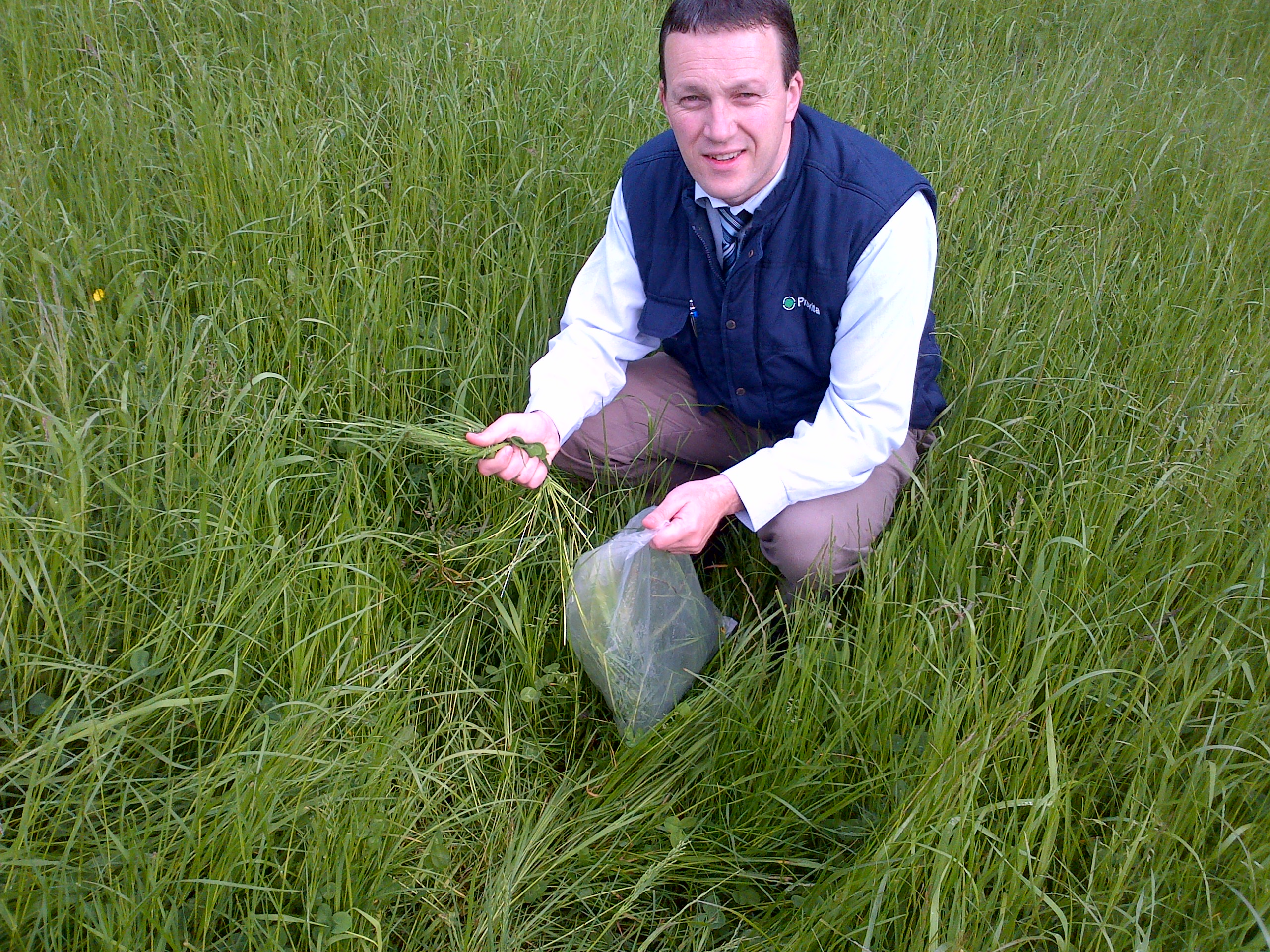Yes the weather has turned that little bit cooler this week. But the warm sunny spell enjoyed by everyone during the first three weeks of April has ensured a good start to the 2015 grass growing season. As a consequence, those farmers keen to take a high quality crop of first cut silage over the coming weeks should have the opportunity of so doing.
However, Provita Tommy Armstrong cautioned “The now cool and showery weather means that the uptake of nitrogen will have slowed and even if it should be gone, i.e. 6 weeks after fertilizer has been applied, we would strongly advise testing it for nitrates. The reason for this is that if we experience a good growing period it can pull the nitrates levels in grass back up again. Having tested a lot of grass last year we seen nitrates levels fall then rise again, we offer grass testing as part of our support services for anyone using Advance+ silage inoculant.
“Sugars were also low last year making fermentations difficult. What sugars are there can be more efficiently used by using an EU approved silage inoculant such as Advance+, on average we seen 46% more sugars in silage where Advance+ was used.
He added:
“Grass should be mowed between 11 am and 9 pm as the sugars will be highest in late afternoon.
“Grass should be cut at a leafy stage of growth, i.e. less than 50% heads this should give a D-Value of around 70,” he explained.
“The optimal dry matter value for silage is between 25 and 30%.”
“Wilting offers advantages when used to bring dry matter values up. However over-wilting can lead to considerable field losses, as grass continues respiring in the field. In on farm mini-silo tests our Advance+ silage inoculant reduced dry matter losses resulting in on average 3 percentage points higher dry mater”
“Tractors will only compact the top meter of silage so regular rolling as the crop goes in is especially important.” the Provita representative stressed.
“The silo should be sealed quickly and effectively.
Tommy concluded:
“Silage quality is one of the most important drivers of feed efficiency, ultimately the weather will have the final say on silage quality, however getting management right, using a proven effective silage inoculant designed for Northern Irelands conditions such as Provita Advance+ will also help.”
